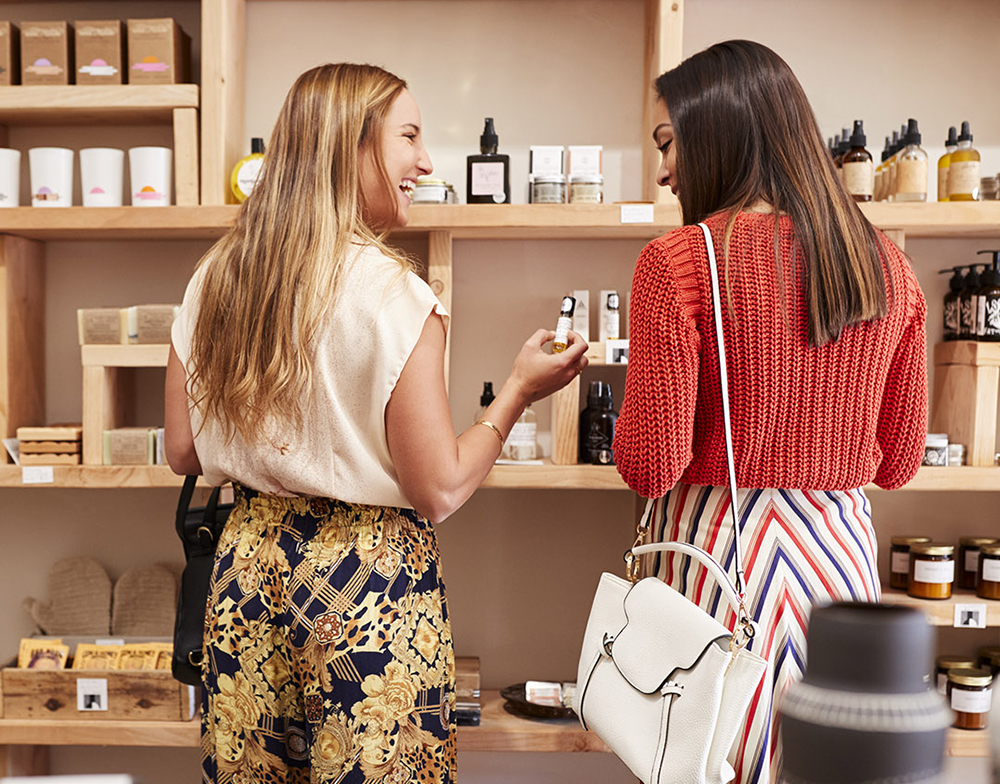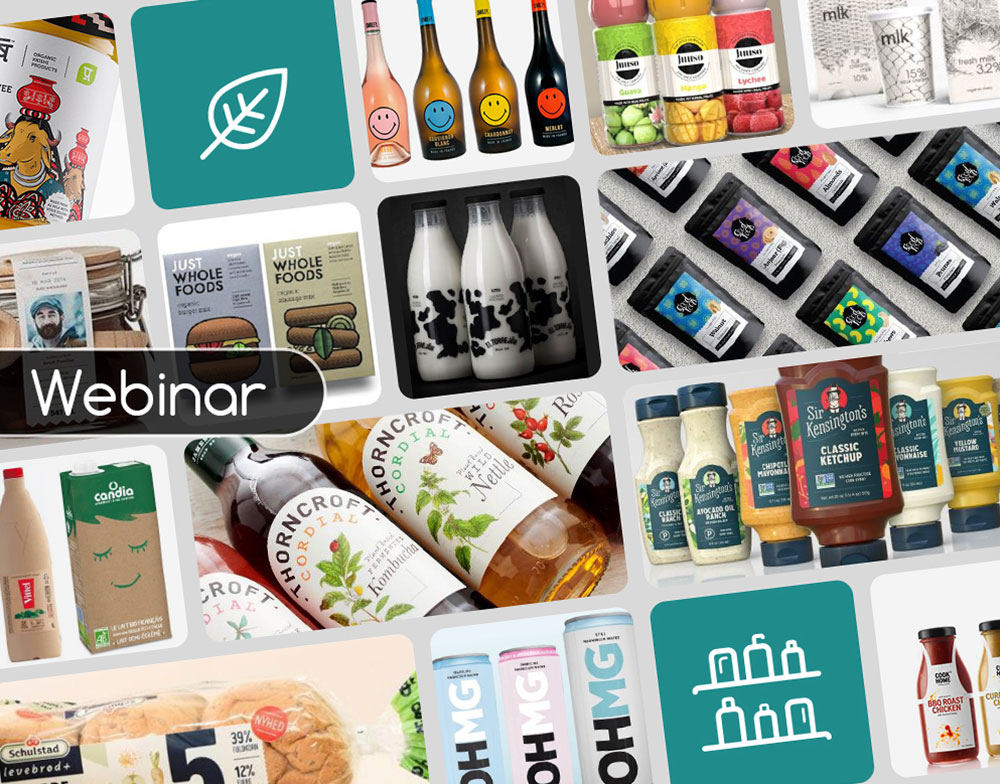The beauty industry reinvents itself around sustainability
Sustainability has become a major objective for cosmetic brands
More and more cosmetic and beauty brands are committed to sustainable development. This commitment is clearly visible on the brands’ websites with strong promises.
However, consumers’ distrust in brands and their messages is growing. Brands must be more transparent and honest with their consumers. They must provide tangible evidence of their commitment.
Naturalness mentions reassure on beauty products
The growth of products that feature naturalness claims is significant (over 10%). Indeed, naturalness is a trigger for purchasing decisions, with +11% to +16% depending on the claims: “natural”, “no additives”, “no colourants”, “botanical extract”, etc.
On the health front, the rigorous expression of the clean label is the most popular. It is the clear communication of “0%”, “without” or “100%”: “100% natural”, “0% alcohol”, “no preservatives”, “no colourants”, etc. The aim of the score is to have an impact, which also implies being irreproachable.
But it is necessary to keep the desirability of the product
Nevertheless, the beauty sector must not hide away from the fact that consumers’ purchases are driven by their emotions. To be chosen, the product must first and foremost generate desire while carrying sincere, honest values that the consumers can identify with.
New communication strategies for eco-responsible beauty products
The new communication strategies of cosmetic brands are based on the 3 pillars of eco-responsibility: health, environment and ethics.
Minimalist packaging
Another way to play a “rigorous” clean label is to work on the simplicity of the packaging through minimalism.
The superfluous is put aside, everything is based on the extremely simple visual expression and the expertise of the brand. Indeed, minimalism tells a story, especially use of white evokes the sense of the laboratory, a guarantee of expertise and efficiency.
The choice of sensory
Not all brands choose minimalism and choose to add sensory appeal by using white as a base and pastel colors by touch, to awaken the senses.
Sensorial aspects can be pushed to the extreme by other brands with assertive use of colours. The goal is to highlight ingredients, especially floral ones, to convey the sensory experience.
Home-made
More new brands, often sustainable natives (born with sustainable development), will play on simplicity and naturalness, with designs that suggest home-made, with a rather regressive trend.
Eco-design of packaging
Many of the new packaging tested at Strategir are eco-friendly designed: adjusted to the content volume, removal of secondary packaging, choice of sustainable and recyclable materials, selection of sustainable and traced cosmetic ingredients, listing of eco-friendly ingredients, etc.
Cosmetic product refills are also a strong trend among committed beauty brands. Shower gels, shampoos, deodorants, lipsticks, etc., are increasingly refillable.
Rethinking galenic forms
Another very important aspect to prove the eco-responsibility of cosmetic brands is the saving of resources, especially water. This influences the galenic form or packaging of products.
This is why solid shampoos, deodorants and shower gels are appearing. The “solid” format is now developing in many markets.
Labels as a means of assurance for the consumer
Organic labels are placed on the front of the packaging, in a very visible way. The objective of these labels is to reassure consumers about the brand’s commitment to sustainability. When visible, they quickly convince the consumer. This is especially true for beauty brands with low brand awareness.
Local products are in demand
The search for locally manufactured products is a strong trend. The “made in France” products are strongly favoured by consumers. Brands highlight the country or region of production to convey authenticity, French know-how or simply to bring consumers closer to the product.
Vegan ethics
Many products indicate their vegan quality in a very visible way, so that the consumer is reassured that no animal has been involved in the production.
Success will be guaranteed if the winning combo of desirability and sustainability is addressed, while also considering the face value of the product, which introduces new trade-offs.















